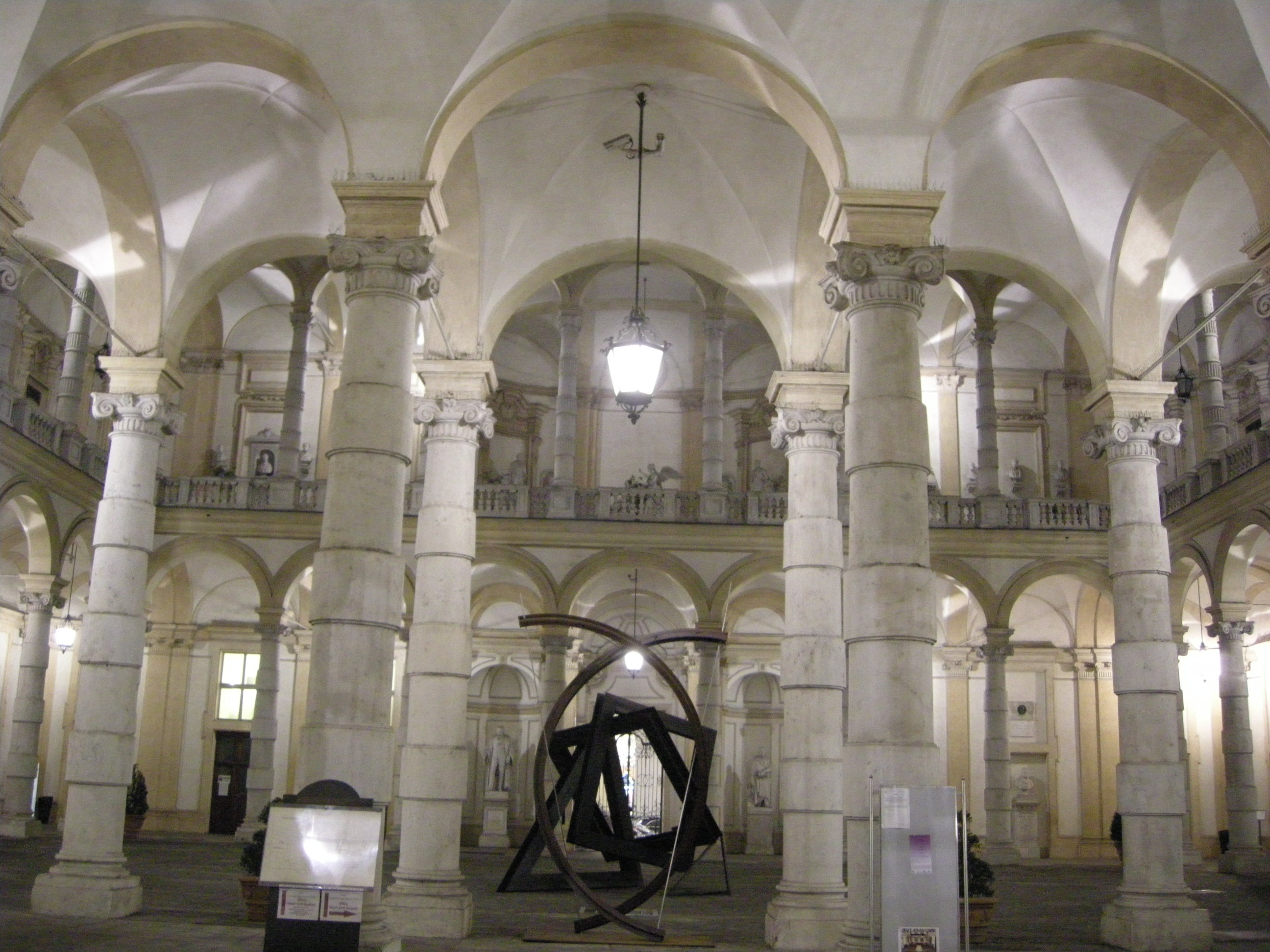TFI 2019: Theories of Fundamental Interactions 2019
→
Europe/Rome
Aula Magna del Rettorato (Turin)
Aula Magna del Rettorato
Turin
Aula Magna del Rettorato, Via Verdi, 8 - 10124 Torino
Description
| The sixth Meeting of the INFN Networks GAST, GSS and ST&FI, devoted to "Theories of the Fundamental Interactions", will take place in Torino - Italy on October 21st (afternoon) and on October 22nd- 23rd, 2019 at the University Rectorate in Via Verdi 8, Turin. |  |
The conference will bring together INFN experts in supersymmetric perturbative and non-perturbative quantum theories for gravity and gauge interactions, supergravity, string theory and their applications to black holes, cosmology and condensed matter systems.
Programme
We plan on ~18 talks of 30' each, with some additional time for questions.
The workshop will include on Tuesday afternoon a "vision'' session to discuss the near future of research in our domain. This will be organised in three 30' talks, plus 1.5 hours of open discussion (participants who wish to contribute in a more structured way may reserve with the organisers one of few slots of 5-10 minutes).
Preliminary list of speakers:
- Dima Sorokin (INFN PD) Membranes and domain walls in N=1, D=4 SYM
- Veronica Guidetti (PhD, BO)Type IIB inflation models
- Lorenzo Di Pietro (UniTS) Constraints on boundary-localized interactions
- Mritunjay Verma (Postdoc, NA) Open Closed Super String Field Theory
- Francesco Galvagno (PhD,TO) Emitted radiation and geometry
- Johan Blåbäck (Postdoc, RM-ToV) Anti-D6-brane singularities and resolution
- Lorenzo Bartolini (PhD, PI) Nucleons and Deuteron electric dipole moment from Holographic QCD (and few words on Isospin breaking)
- Nadir Fasola (PhD, TS) Surface defects in gauge theories
- Roberto Auzzi (BS)On complexity in holography
- Hasmik Poghosyan (Postdoc, BO)T, Q and periods in SU(3) N=2 SYM
- Sara Bonansea (PhD, FI/PR) The fate of the circular Wilson Loops in N=4 dCFT
- Alice Bernamonti (FI) The first law of complexity
- Karapet Mkrtchyan (RTDA, PI) On duality-symmetric descriptions and self-dual fields in any dimensions
- Lucrezia Ravera (Postdoc, MI): Einstein manifolds with torsion and nonmetricity and some applications in (super)gravity
- Matteo Sacchi (PhD, MIB) From 3d dualities to 2d free field correlators and back
- Azeem Hasan (Postdoc, LE) Dualities in SUSY Gauge Theories in Various Dimensions
- Davide Cassani (INFN PD) Microstate counting for rotating BH in AdS/CFT
Vision talks:
- Alberto Zaffaroni (MIB)
- Itamar Yaakov (INFN Parma)
- Domenico Orlando (INFN Turin)
Scientific Advisory Board: Giulio Bonelli, Anna Ceresole, Gianluca Grignani
Local Organizing Committee: Anna Ceresole, Igor Pesando
Contact
Participants
